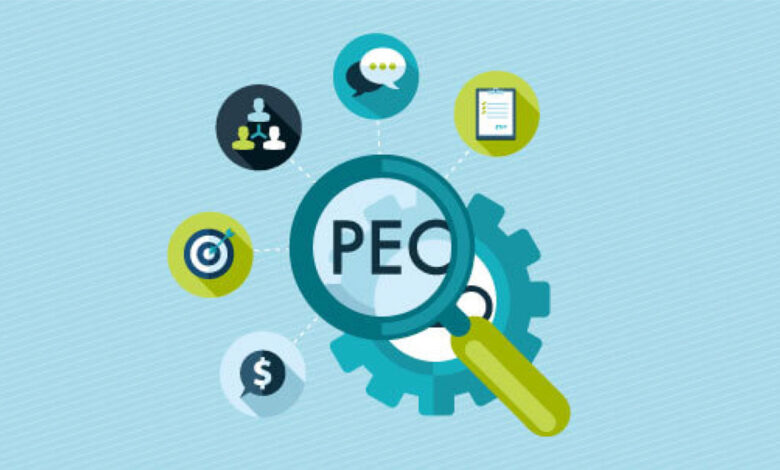Best Global PEO And Employee Leasing: What’s The Difference?

The best global peo mainly deals with all other payroll processing. Regardless of the development inside the PEO business and the expanded use of them by private companies, there are still a few misguided judgments around PEOs. One legend specifically appears to come up more frequently than others – a PEO relationship and worker renting are something similar.
This disarray in all probability originates from the relationship that exists between a PEO and its client, called co-business. And keeping in mind that many think worker renting and co-business are one in the equivalent, they are very unique.
To clear up the misconception, we should investigate both representative renting and co-business, how they vary from each other, and why PEOs aren’t equivalent to a worker renting organization.
What Is Employee Leasing?
In the first place, we should characterize representative renting. Otherwise called a brief business game plan, it’s the act of providing new specialists or project workers to a client, generally on a transitory premise. Customarily representative renting is for work on a particular task that has a beginning and end date.
Worker renting is most frequently connected with staffing firms, even though it likewise gets tied erroneously to PEOs and HR rethinking.
At the point when a business works with a staffing organization that utilizes representative renting, the staffing firm gives laborers to their clients who take care of their responsibilities in the client’s business environment. When the venture, period, or agreement is finished, the specialists return to the staffing organization, which is their genuine boss.
Representative renting is a famous choice for entrepreneurs who need new laborers for a set time frame outline, and don’t have any desire to stress over the HR managerial and administrative errands related to recruiting agreements or brief specialists.
What Is Co-Employment?
The National Association of Professional Employer Organizations (NAPEO) characterizes co-work as “the legally binding distribution and the dividing of specific boss liabilities among the PEO and the client.” Essentially, in a co-business relationship, representatives are utilized by two unique elements – the client and the PEO.
Be that as it may, the PEO doesn’t supply laborers to their clients. All workers are either presently with the client or future representatives who are employed by the client. There are so many global payroll outsourcing companies for your reference.
In a co-work relationship, a PEO expects specific boss privileges, obligations, risks, and other HR regulatory errands. These can include:
Transmitting wages and savings of the clients’ laborers
Giving Form W-2 for pay under its Employer Identification Number
Revealing, gathering, and keeping work charges with the neighborhood, state, and government specialists
In the meantime, the client holds command over the recruiting and terminating of its workers, and business pioneers keep on going with the everyday working choices for their organization.
Co-Employment Through A Peo And Employee Leasing Are Not The Same
We have previously referenced that one of the greatest fantasies about PEOs is that the relationship they have with clients is worker renting. At the point when you investigate the distinctions between worker renting and co-business (which is the way PEOs work), this legend is a long way from reality.
In actuality, representative renting and co-business very extraordinarily. The greatest distinction is that in a co-work relationship through a PEO, the PEO doesn’t give staff to their client. This obligation falls on the client, as do some other staff-related choices. This incorporates employing new abilities after the PEO association is laid out.
Rather than being a rented or brief laborer, representatives wind up having two bosses – the organization that recruited them AND the expert manager association. The PEO turns into the organization of record for HR, payroll, benefits, business charges, and other HR-related purposes.
It’s vital to remember that in a PEO organization, entrepreneurs don’t fail to keep a grip on different parts of their business, including their workers and employing/terminating choices. This is one more typical misinterpretation of PEOs. Entrepreneurs hold full control of their business, while the PEO handles the regulatory side of HR.
Bottom line
Working with a PEO likewise gives independent ventures admittance to much superior medical coverage and representative advantage contributions, enormously helping with enlisting and worker maintenance. PEO organizations permit entrepreneurs to keep up with control of their organization and recruit new representatives as they see fit.




